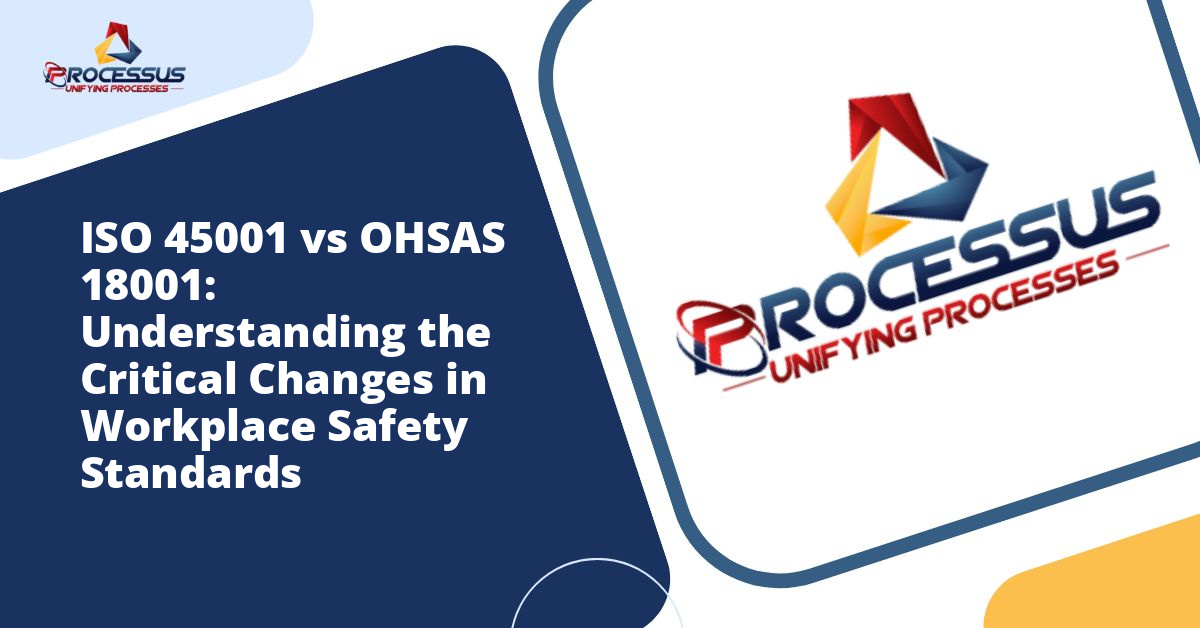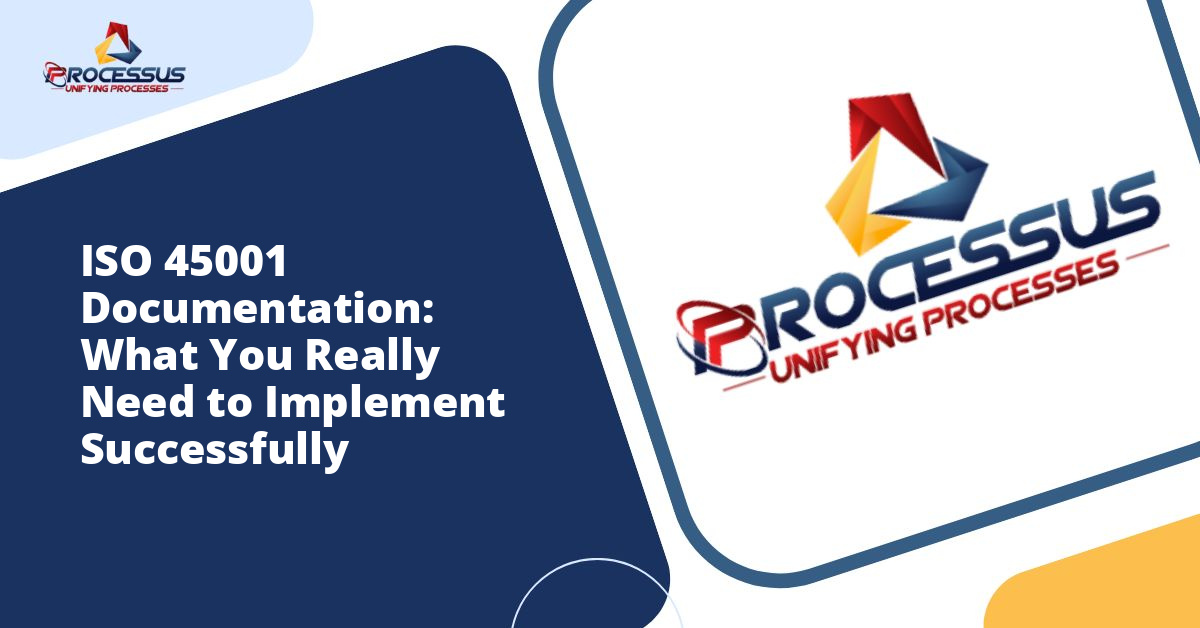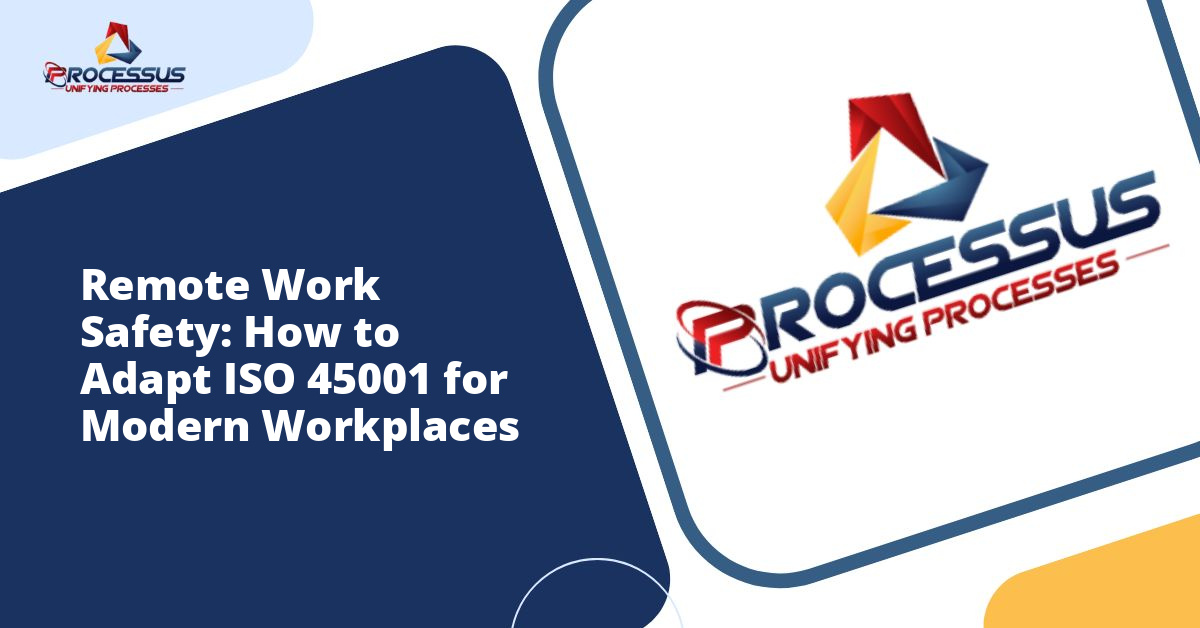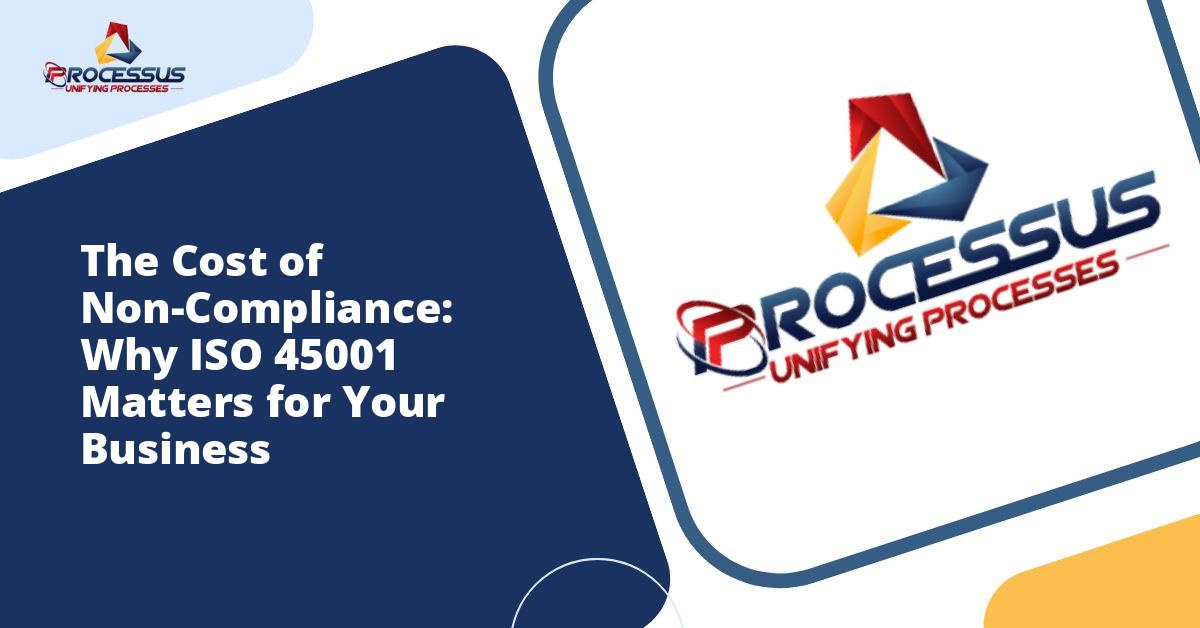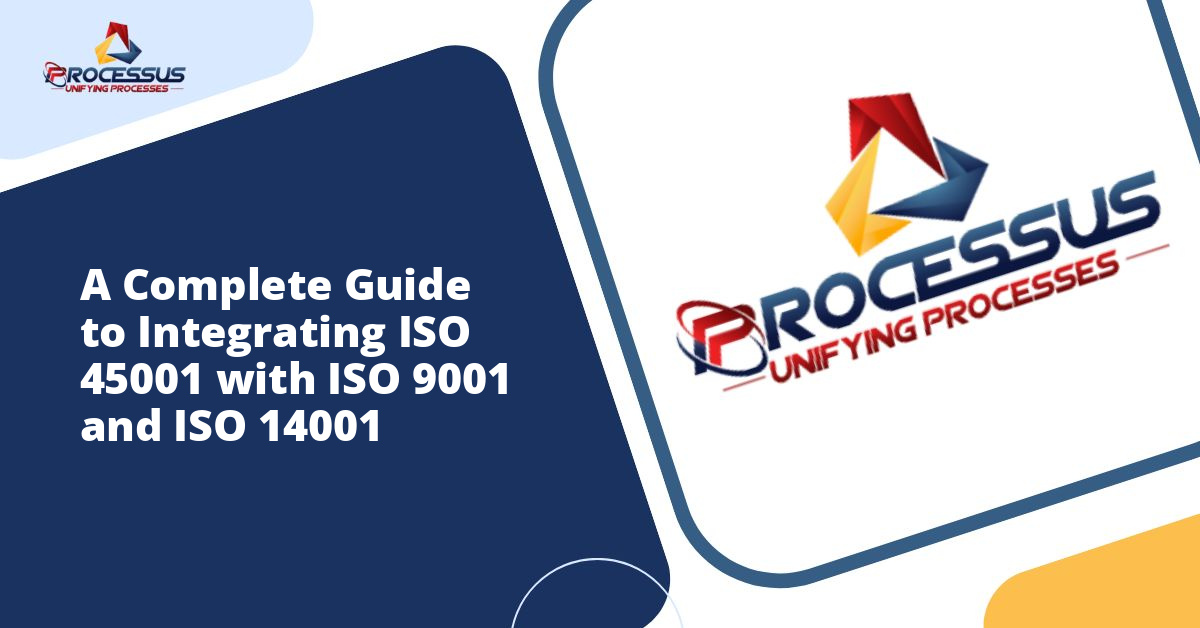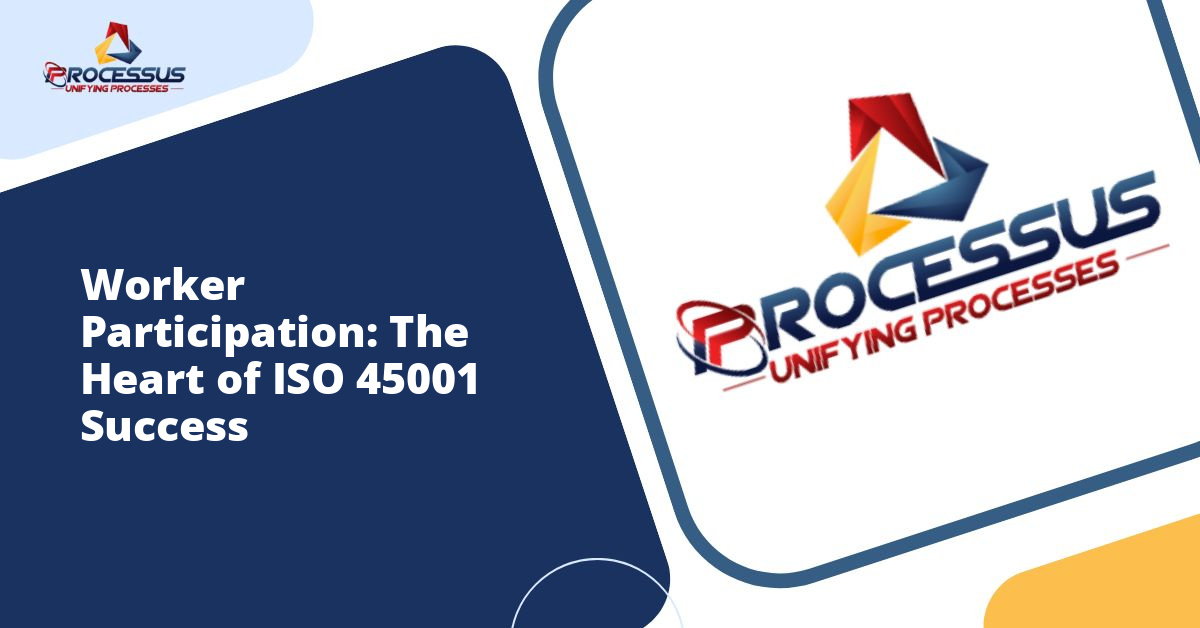The transformation from OHSAS 18001 to ISO 45001 represents one of the most significant shifts in occupational health and safety management standards in recent decades. Organizations worldwide have had to adapt their safety management systems to comply with the new international standard, and understanding these changes is crucial for anyone responsible for workplace safety. This comprehensive guide examines what changed, why these modifications matter, and how they impact organizations of all sizes.
The Evolution of Occupational Health and Safety Standards
Before diving into the specific differences between these two standards, it is essential to understand their historical context. OHSAS 18001 was first published in 1999 as a specification developed by a selection of leading trade bodies, international standards organizations, and certification bodies. It provided organizations with a framework to manage occupational health and safety risks and improve workplace safety performance. You might also enjoy reading about How ISO 45001 Reduces Workplace Accidents in Manufacturing: A Complete Guide.
ISO 45001, on the other hand, represents the first true international standard for occupational health and safety management systems. Published in March 2018 by the International Organization for Standardization, it replaced OHSAS 18001 after a three-year transition period that ended in March 2021. This transition marked a fundamental shift in how organizations approach workplace safety on a global scale. You might also enjoy reading about The ROI of Implementing ISO 45001 in Your Organisation: A Complete Guide to Measuring Value and Impact.
Key Structural Differences Between the Standards
Alignment with Other ISO Management Standards
One of the most significant changes in ISO 45001 is its structure. The new standard follows the High-Level Structure (HLS), also known as Annex SL, which is a common framework used across all ISO management system standards. This harmonization means that ISO 45001 now shares the same basic structure, identical core text, and common terms and definitions as other standards like ISO 9001 (Quality Management) and ISO 14001 (Environmental Management).
This alignment offers substantial benefits for organizations implementing multiple management systems. Companies can integrate their various management systems more seamlessly, reducing duplication and improving efficiency. The common approach also makes it easier for auditors and managers to understand and implement the requirements across different standards.
Enhanced Focus on Context and Leadership
ISO 45001 places greater emphasis on understanding the organization’s context and the needs of interested parties. This requirement goes beyond the traditional scope of OHSAS 18001, which focused primarily on managing hazards and risks. Organizations must now consider external and internal issues that could affect their ability to achieve the intended outcomes of their occupational health and safety management system.
The new standard also demands stronger leadership and worker participation. Top management must demonstrate leadership and commitment to the occupational health and safety management system by taking accountability for preventing work-related injuries and ill health. This represents a shift from merely supporting the system to actively leading it.
Fundamental Changes in Approach and Methodology
Risk-Based Thinking Throughout the Standard
While OHSAS 18001 focused primarily on controlling occupational health and safety hazards, ISO 45001 incorporates risk-based thinking as a fundamental concept throughout the entire standard. This means organizations must consider risks and opportunities that could affect the management system itself, not just the occupational health and safety risks to workers.
This broader perspective encourages organizations to think strategically about their safety management systems. They must identify potential problems and opportunities for improvement proactively, rather than simply reacting to incidents and hazards as they arise.
Worker Consultation and Participation
ISO 45001 significantly strengthens the requirements for worker consultation and participation. The standard recognizes that workers are often the first to encounter workplace hazards and are therefore invaluable sources of information about safety concerns and potential improvements.
Under the new standard, organizations must establish processes for consultation and participation of workers at all levels and functions. This includes providing mechanisms and time for workers to be consulted on determining the needs and expectations of interested parties, establishing safety policies, and participating in incident investigations. Non-managerial workers must be able to participate in these processes, and any obstacles to their participation must be removed.
Expanded Scope of Safety Management
ISO 45001 takes a more comprehensive view of occupational health and safety management. It requires organizations to consider not only activities directly under their control but also those activities managed by external parties that could affect workers. This includes contractors, visitors, and even members of the public who might be affected by the organization’s activities.
The standard also places greater emphasis on the opportunity to influence procurement and contracting processes. Organizations must establish criteria for occupational health and safety when selecting contractors and must monitor contractor performance to ensure compliance with safety requirements.
Specific Technical and Procedural Changes
Documented Information Instead of Documents and Records
ISO 45001 uses the term “documented information” instead of the previous distinction between “documents” and “records” used in OHSAS 18001. While this might seem like a simple terminology change, it reflects a more flexible approach to documentation. Organizations have greater freedom to determine what information needs to be documented and in what format, as long as they can demonstrate effective implementation of their management system.
Performance Evaluation and Monitoring
The new standard provides more detailed requirements for performance evaluation. Organizations must determine what needs to be monitored and measured, the methods for monitoring and measurement to ensure valid results, and when the monitoring and measurement shall be performed. This systematic approach helps organizations gather meaningful data to evaluate their safety performance accurately.
ISO 45001 also requires organizations to evaluate compliance with legal and other requirements at planned intervals. This proactive approach ensures that organizations stay current with changing regulations and maintain legal compliance consistently.
Improved Approach to Corrective Actions
While both standards require corrective actions, ISO 45001 provides a more structured approach to addressing nonconformities and taking corrective action. The standard requires organizations to evaluate the need for action to eliminate the causes of nonconformities, implement any needed actions, review the effectiveness of corrective actions taken, and update risks and opportunities if necessary.
This cyclical approach ensures that corrective actions are not just implemented but are also evaluated for effectiveness and used to drive continuous improvement in the management system.
Why These Changes Matter for Organizations
Enhanced Business Integration
The alignment with other ISO management standards allows for better integration of occupational health and safety management with overall business strategy. Safety is no longer viewed as a separate function but as an integral part of business operations and decision-making processes. This integration can lead to improved resource allocation, reduced duplication of effort, and more effective management systems overall.
Improved Risk Management
The expanded focus on risk-based thinking helps organizations identify and address potential problems before they result in incidents. By considering both threats and opportunities, organizations can make more informed decisions about resource allocation and prioritization of safety initiatives. This proactive approach can lead to reduced incident rates, lower insurance costs, and improved overall business performance.
Stronger Safety Culture
The enhanced requirements for leadership commitment and worker participation foster a stronger safety culture within organizations. When workers at all levels are actively involved in safety management and see visible commitment from top management, they are more likely to embrace safety practices and contribute to continuous improvement efforts. This cultural shift can lead to sustainable improvements in safety performance over time.
Better Legal and Regulatory Compliance
The more structured approach to identifying legal requirements and evaluating compliance helps organizations stay ahead of regulatory changes and maintain consistent compliance. This can reduce the risk of legal penalties, regulatory enforcement actions, and damage to organizational reputation.
Practical Implications for Implementation
Resource Requirements
Transitioning from OHSAS 18001 to ISO 45001 requires investment of time and resources. Organizations must review and potentially revise their existing management systems to address new requirements. This might include updating policies and procedures, providing training to staff, establishing new consultation processes, and potentially modifying information management systems.
However, organizations that already had robust OHSAS 18001 systems in place often find that many of their existing processes can be adapted to meet the new requirements with moderate effort. The transition is typically more challenging for organizations with less mature management systems or those seeking certification for the first time.
Training and Competence Development
All personnel involved in the occupational health and safety management system need training on the new requirements and concepts introduced by ISO 45001. This includes top management, safety professionals, auditors, and workers involved in consultation and participation processes. Understanding the changes and their implications is essential for effective implementation.
Certification and Audit Considerations
Organizations seeking certification to ISO 45001 should expect more thorough evaluation of leadership involvement, worker participation, and integration with business processes. Auditors will look for evidence that the management system is not just documented but is actively implemented and integrated into daily operations.
Benefits Beyond Compliance
Competitive Advantage
Certification to ISO 45001 demonstrates to customers, regulators, and other stakeholders that an organization is committed to providing safe and healthy workplaces. This can provide a competitive advantage in bidding for contracts, particularly with clients who prioritize safety performance in their supplier selection processes.
Improved Employee Morale and Retention
Organizations with strong safety management systems typically experience improved employee morale and retention. Workers appreciate employers who prioritize their health and safety and provide opportunities for participation in safety management. This can lead to reduced turnover costs and improved productivity.
Enhanced Operational Efficiency
The process improvements and risk management approaches embedded in ISO 45001 often lead to enhanced operational efficiency. By identifying and addressing potential problems proactively, organizations can reduce disruptions, minimize waste, and improve overall productivity.
Common Challenges and Solutions
Securing Top Management Commitment
One challenge organizations face is securing genuine commitment from top management. The solution lies in clearly communicating the business benefits of effective safety management and involving top management in setting safety objectives that align with overall business goals. When leadership understands how safety performance impacts business outcomes, they are more likely to provide the necessary support and resources.
Establishing Effective Worker Participation
Creating meaningful worker participation processes can be challenging, particularly in organizations with traditional hierarchical structures or where workers have limited previous involvement in decision-making. Solutions include starting with pilot programs in specific departments, providing training on the value of participation, and ensuring that worker input genuinely influences decisions.
Managing Documentation Requirements
While ISO 45001 offers flexibility in documentation, organizations sometimes struggle to determine what information needs to be documented and in what format. The key is to focus on documentation that supports effective implementation and provides evidence of system operation, rather than creating documents simply to meet perceived audit requirements.
Looking Forward
ISO 45001 represents a maturation of occupational health and safety management standards. By aligning with other ISO standards, strengthening requirements for leadership and participation, and taking a more comprehensive view of safety management, the standard provides organizations with a robust framework for protecting worker health and safety.
The transition from OHSAS 18001 to ISO 45001 is more than just a technical update to a standard. It reflects evolving thinking about how organizations should approach workplace safety. The emphasis on integration with business processes, proactive risk management, and active involvement of all organizational levels signals a shift toward viewing safety as a strategic business priority rather than a compliance obligation.
Organizations that embrace the spirit of ISO 45001, not just its letter, position themselves to achieve sustainable improvements in safety performance while also realizing broader business benefits. As awareness of the standard grows and more organizations achieve certification, ISO 45001 will likely become the baseline expectation for occupational health and safety management worldwide.
Conclusion
The differences between ISO 45001 and OHSAS 18001 are substantial and meaningful. The new standard provides a more comprehensive, integrated, and strategic approach to managing occupational health and safety. While the transition requires effort and resources, the benefits extend far beyond compliance. Organizations implementing ISO 45001 can expect improved safety performance, stronger safety culture, better business integration, and enhanced competitive positioning.
Understanding these changes is essential for anyone involved in workplace safety management. Whether you are a safety professional, business leader, or worker representative, familiarity with ISO 45001 requirements and concepts will help you contribute to creating safer, healthier, and more productive workplaces. The standard provides a proven framework that, when properly implemented, can transform how organizations approach one of their most important responsibilities: protecting the health and safety of their workers.

